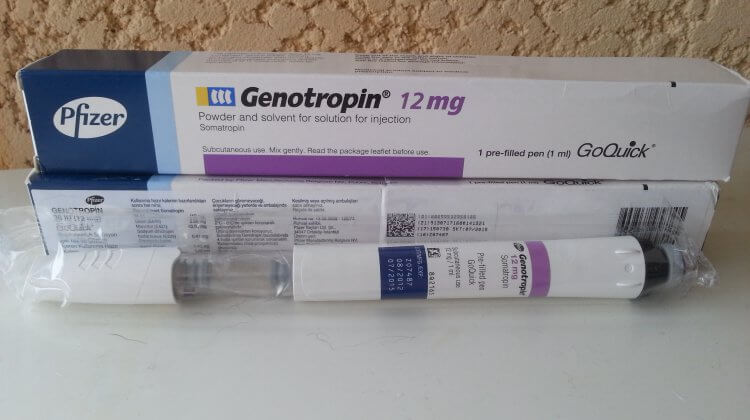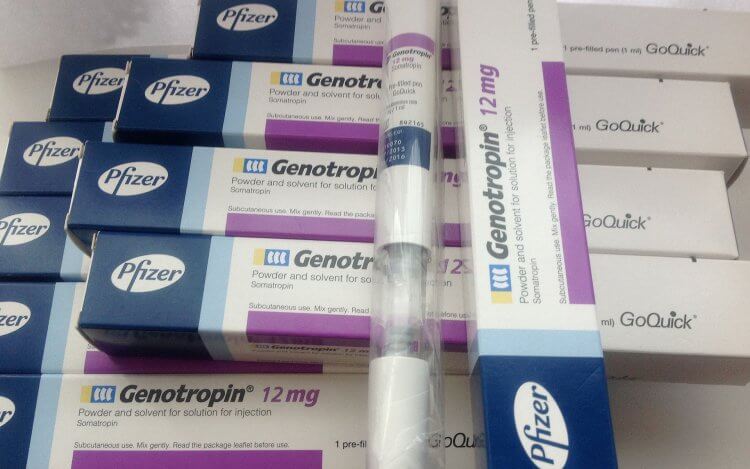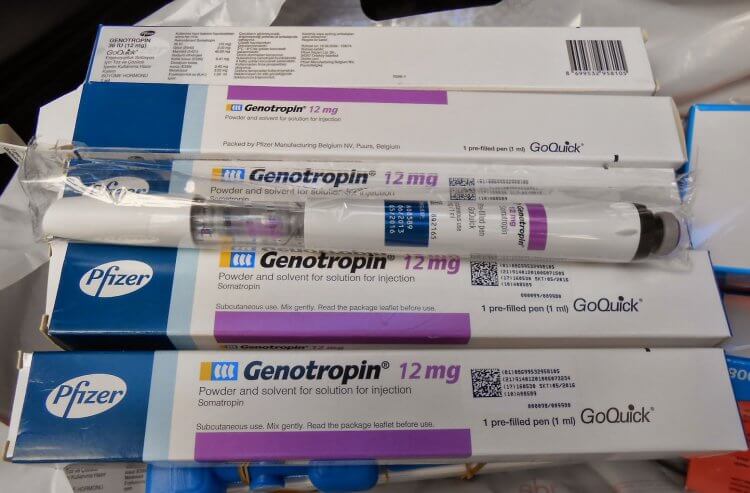
Q:“How can I use GH for fat loss? How about for mass gain, and what would be the differences if any in use?”
A: The first consideration really in GH use for fat loss is dosage. Individual tolerance of GH can vary widely, but broadly speaking, most can use up to 14 IU total per week without development of neuropathy (numbness, weakness, or pain from nerve compression due to growth of cartilage.) Some can tolerate much more, a few cannot tolerate even this amount. So far as I know everyone can tolerate at least 7 IU per week, and nearly everyone 10.5 IU/week, or an average of 1.5 IU/day.
As might be expected, the higher the weekly dose the greater the benefit on fat loss.
There’s a wide range of theories on timing of doses. I’m not persuaded by any of them and have seen good results from any of a wide range of methods. My inclination is that best results are from at least 1x/day per use, rather than for example taking 4 IU every two days. However, difference in fat loss results from individuals, or differences in the same individual at different times, are large enough and the difference between protocols seems small enough that I won’t insist that the at-least-daily use is better for fat loss. It does seem so to me, however.
I don’t think there’s importance in GH timing with regard to meals. Morning may be better than evening or later in the day due to possibly providing less suppression of natural GH production; at any rate results seem a little better this way. If wishing to time the injection after a workout, this also is a well-proven method.
If wishing to be in best condition by a particular date, it usually proves acceptable to increase dosage by 50% in the two weeks before that date. While that dosage may be above the acceptable long-term dosage, the time period is short enough that neuropathy usually doesn’t develop, and if it does it will prove reversible, again due to the short time period.


About the author
Bill Roberts is an internationally-recognized expert on anabolic steroids and performance-enhancing drugs (PEDs). He received a bachelor degree in Microbiology and Cell Science and completed the educational and research requirements for a PhD in Medicinal Chemistry at a major American university.
Bill entered the nutritional supplement industry prior to completing his doctoral thesis but his education was invaluable so far as being able to design/improve nutritional supplement compounds, since it was in the field of designing drug molecules and secondarily some work in transdermal delivery.
His education was not specifically "geared" toward anabolic steroids other than expertise with pharmacological principles having broad applications. This has allowed Bill to provide unique insight into the field of anabolic pharmacology with knowledge of points which he would not have known otherwise.
Great information but how much time of therapy is adviseble in terms of results on fat loss and avoiding side effects.? and secondly the dose and protocol of administration is the same for muscle gains ?
Thank you very much Mr. Roberts